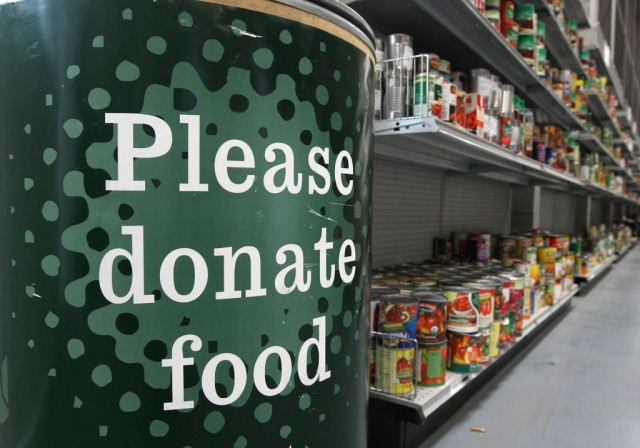by Mina Kim and Erika Maldonado

Bay Area food banks are falling short on Thanksgiving this year. Though we're climbing out of the economic downturn, more Bay Area residents are struggling to put holiday meals on the table, according to the leaders of several food banks throughout the region.
“It’s a reality many people in the community just don’t see,” says Second Harvest Food Bank CEO Kathy Jackson.
Jackson says that lack of awareness partially accounts for low donations this year. The San Francisco and Marin County Food Banks are 200 turkeys shy of their goal as of Tuesday, says Media Manager Blaine Johnson. The birds are distributed to local agencies and community groups, including Saint Anthony’s.
“We have more people at different places on the income spectrum. We have more people at the bottom who have very little and the people who used to be at the middle are moving toward the bottom. In an expensive place like San Francisco you can make $30,000, $40,000, which may kind of sound like a good income, but if you have two or three kids and you have to rent a place you can find yourself running out of food before the end of the month,” says Paul Ash, executive director of San Francisco and Marin Food Banks.